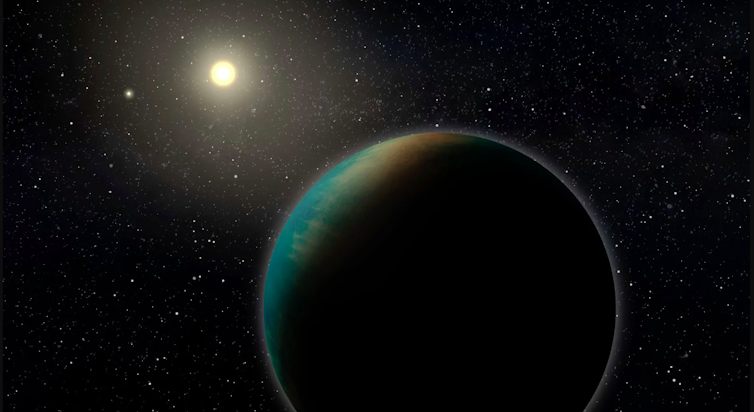Super-Earths: 30% larger, more common, and possibly more habitable than Earth.
Key Takeaways
- Super-Earths are larger than Earth, more common, and potentially more habitable for life.
- Astronomers estimate there are tens of billions of super-Earths in the Milky Way alone.
- These planets often orbit cool dwarf stars, which are more abundant and longer-lived than the Sun.
- Super-Earths are easier to detect and study than Earth-sized planets due to their size.
- Advanced telescopes like the James Webb Space Telescope and upcoming ground-based giants could soon confirm signs of life on super-Earths.
_______
Super-Earths: Bigger, Common, and Potentially More Habitable
Astronomers are uncovering exciting findings about exoplanets, particularly super-Earths—planets larger than Earth but smaller than Neptune. These worlds are not only abundant but may also be more suited to hosting life than Earth itself. In 2022, NASA’s Transiting Exoplanet Survey Satellite revealed two such super-Earths in the habitable zones of their stars. One is 30% larger than Earth, completing its orbit in under three days, while the other, 70% larger, might host a vast ocean.

Ideal Conditions for Life
Super-Earths are considered ideal candidates in the search for extraterrestrial life. Their size makes them easier to detect, and their proximity to cool dwarf stars, which are numerous and long-lived, enhances their habitability prospects. Scientists estimate there are tens of billions of super-Earths in the Milky Way, with the closest just six light-years away. These planets are thought to have thicker atmospheres, more stable climates, and a higher likelihood of geological activity, which can promote biological evolution.
Interestingly, Earth’s conditions for life have not always been ideal. Earth’s climate has oscillated between extreme heat and ice ages, making it uninhabitable for extended periods. By contrast, super-Earths might maintain stable, life-friendly environments for far longer due to their larger size, thicker atmospheres, and stronger magnetic fields.

Detecting Life on Distant Worlds
While current telescopes like NASA’s James Webb Space Telescope can study exoplanet atmospheres for biosignatures, the next generation of ground-based observatories, such as the Extremely Large Telescope, Thirty Meter Telescope, and Giant Magellan Telescope, will significantly advance this research. These instruments, set to begin operations by the decade’s end, could reveal whether super-Earths harbor life.
The discovery of super-Earths, including free-floating ones ejected from their star systems, raises profound questions about life beyond Earth. While such planets may sustain life for tens of billions of years, finding biosignatures remains a challenge. If, despite all efforts, no signs of life are detected, humanity may face the possibility that Earth is uniquely alive in an otherwise lonely universe.



